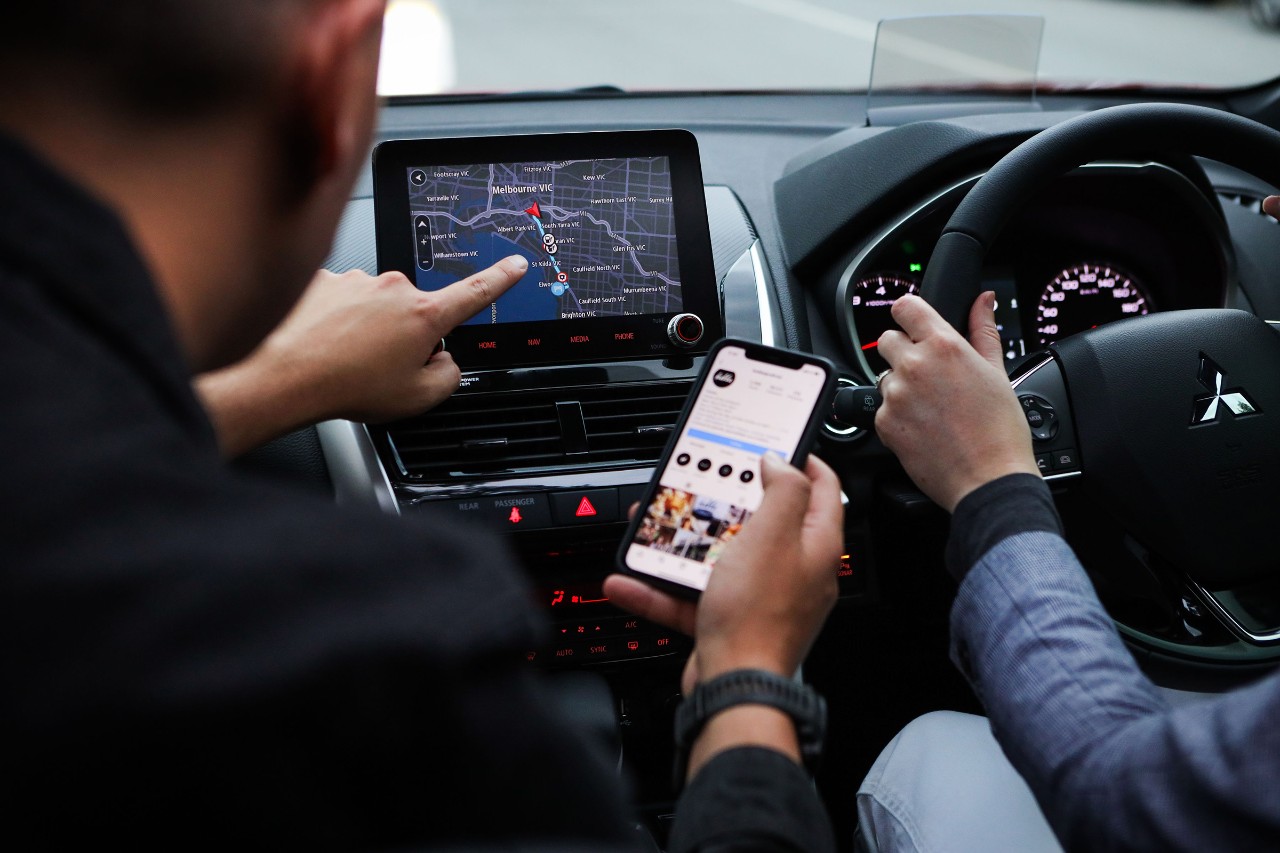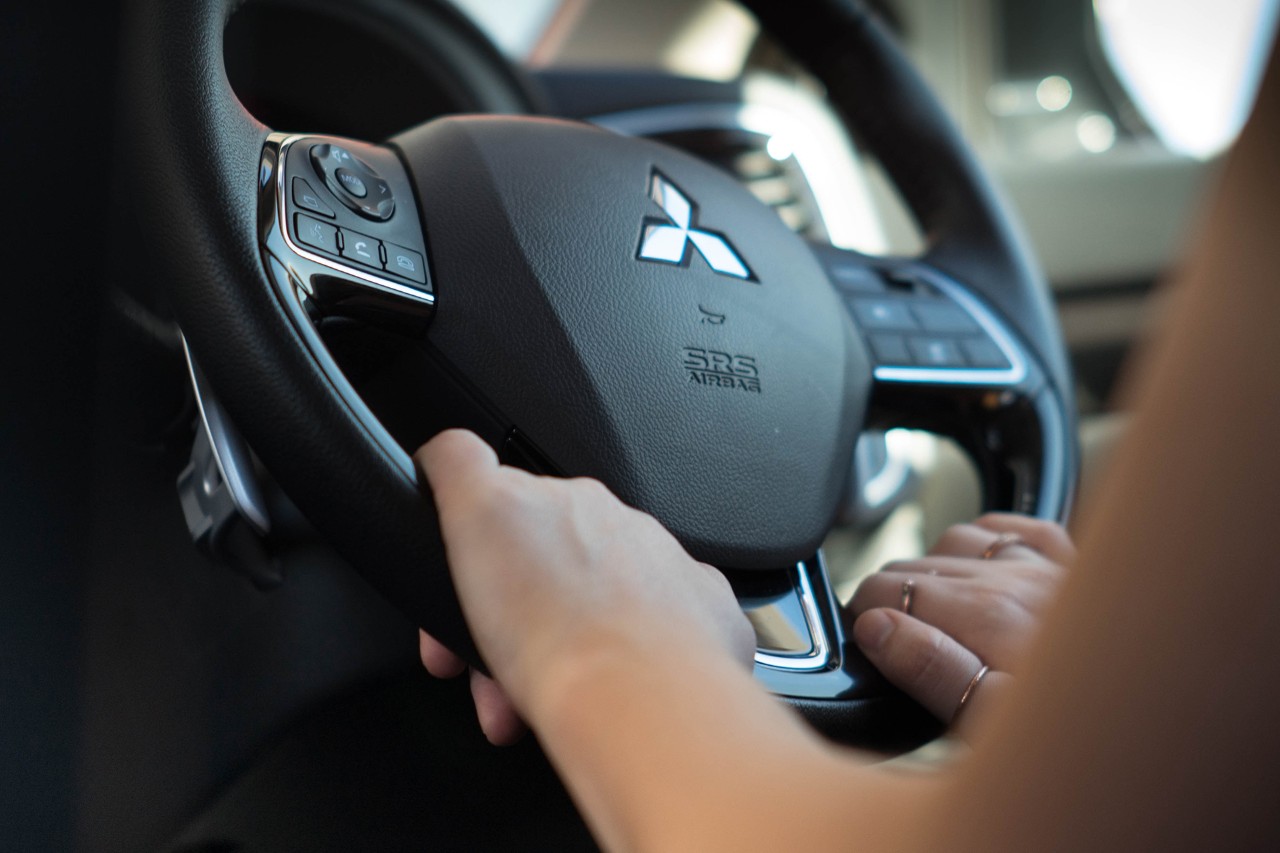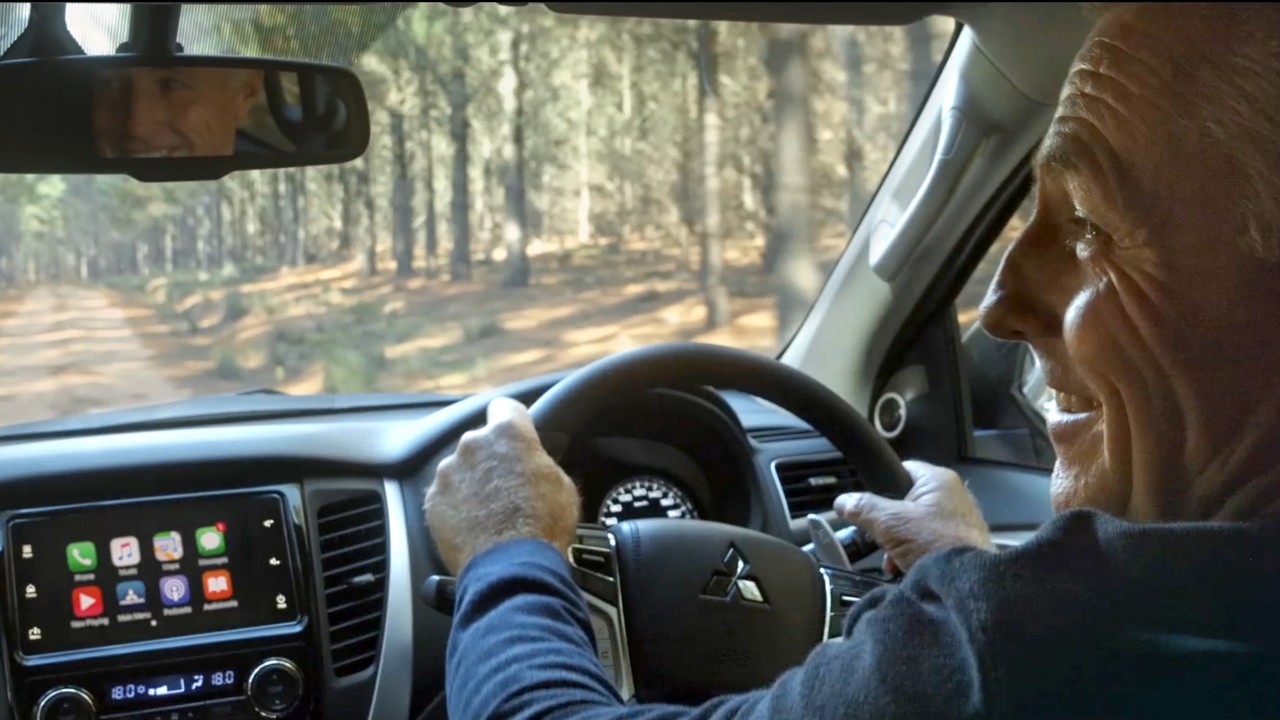If you are a parent or guardian of a child who is approaching the legal driving age then you’ll likely be feeling apprehensive yet excited for the opportunities that are to come for the learner driver in your life; as they take the wheel (literally) on the road to independence.
1. Take Your Time
First off, you both need to keep things realistic. Your child is a first-time driver and it’s likely that they will have zero experience sitting behind the wheel of a car. As such, a learner driver often won’t have any idea just how sensitive and delicate the brake and accelerator pedals can be. As a parent of a learner driver, this may also be your first time helping, or teaching someone to drive.
Moreover, there are so many elements to consider when driving, that as an experienced driver, you may have forgotten that these things once posed a real challenge - from checking car wing mirrors carefully and finding the ‘bite,’ right through to smooth gear changes. There is a lot of multitasking required when learning to drive, it takes time to learn and to gain confidence driving.
Make sure you have enough time to teach and support your child in their driving journey and ensure that you don’t excerpt too much pressure regarding the speed at which they pick up this new skill. You may also wish to talk to them delicately and reiterate that we all learn at different rates. Reinforce that they are doing a good job and that they will pass their driving test when they are ready.

2. Comfort & Familiarity = Calm
The car in which your child is learning to drive is an important factor to ensuring that their first time driving experience is a good one. Being comfortable sitting in the driver's seat and getting to know the vehicle in which lessons will take place is key.
Make sure that they feel comfortable physically and help them to check if:
- The driver's seat is at an appropriate distance from the steering wheel?
- They can touch the driving pedals with their feet without straining to reach?
- The steering wheel is adjusted to the right height?
- All three car mirrors are in the correct position to ensure visibility in all directions?
Being comfortable when learning to drive ultimately means that you are setting your child up to become a safe driver. With this, you might also decide together that certain car accessories would be helpful to ensure comfort and driving ease.

3. Mix Up the Driving Environment
Learner drivers are bound to be nervous and you may find that teaching driving is easiest at first, away from busy roads and main highways in order to limit the number of vehicles, pedestrians and potential hazards that your child will come into contact with initially.
Once they have gained some confidence behind the wheel is it important to change up the driving environment. Get your learner to take their driving lessons at different times of the day and to encompass a variety of roads. This will help to mirror real-life driving conditions and get them used to driving in different ways; from a short journey around the busy city to a longer, slower or more technical route through the countryside. The different terrain will help them to prepare for when they pass their test and give them a better experience of what it is actually like to drive.
Some states have a required amount of night driving completed to be eligible to apply for a P1 licence, with New South Wales and Victoria both requiring 20 hours, South Australia requiring 15 hours and Queensland needing 10 hours of night driving while on your learners license.
4. Invest In Professional Lessons
Be honest about whether you are the best driving teacher for them. Teaching someone to drive can be difficult, and it’s likely to have been awhile since you passed your own driving test. As such, it’s important to be aware of your own driving behaviours as well as Australian road rules.
Firstly, things do change. You might find that you are not entirely up to date with the most current road rules in your state, as new road laws and legislations may have come into effect over the years. Secondly, it’s very easy to pass on your own bad driving habits to your learner driver - in fact, it’s common to not realise that you’ve developed bad habits and therefore, you don’t realise that you are passing these along!
That’s why investing in professional driving instructions from the start is the most beneficial, as this will provide your child with a solid base and driving skill set which can then be built upon. Allow them to master driving basics the right way and to gain initial confidence behind the wheel. From there you can supplement this with your own driving expertise.
In Queensland and New South Wales, lessons with an accredited driving instructor will provide extra hours to your log book with every hour of driving providing three in your logbook. This can be used for a maximum of 30 logbook hours, or 10 hour of lessons. Any future lessons with a driving instructor will be recorded in real time.

5. Teach Vehicle Responsibility For First Time Drivers
Experience behind the wheel of a vehicle and road safety isn’t the only knowledge you should be passing along to your child as you guide them on their driving journey. It is important that they have an understanding of their vehicle and are able to monitor and maintain it where possible to prevent accidents and breakdowns. Educate them on some of the basic vehicle checks they can be doing to stay roadsafe.
- Tyre Pressure: Your tyre pressure should be checked every 2-3 weeks and preferably when the tyre is still cold in the morning. Having your tyres at the correct PSI pressure will ensure they do not suffer from excess wear and will also help with your vehicle's fuel emission. To find the recommended PSI for your tyres look for a sticker inside your driver door opening.
- Oil Levels: When your car starts running low on oil, the moving parts in your engine no longer receive the lubrication they need. This leads to accelerated engine wear and if the oil runs out completely your engine will fail. Checking your oil level is a simple task, you will need to locate the dipstick under the bonnet of your vehicle. This is usually located on the left side of the engine. Give this a wipe down with a lint free rag and slide it back in place. You can now remove it again to get a reading of your levels. The stick will have a line or texture mark to indicate ‘full’ to show the capacity line. Some modern makes of car will have a built-in sensor to let you monitor it from the comfort of your drivers seat.
- Window Washer Fluid: Keeping your car topped up on window washing fluid is important so that you can have unobstructed vision when driving as dust and residue slowly collect on the glass. Locate the window washer fluid tank under the bonnet of your vehicle. It will have a symbol that looks like water spraying up on a windshield. Refer to your vehicles owner guide if you have trouble locating it. Use a funnel to top up your fluids and be sure not to overfill as liquid will expand as it heats which could lead to a cracked reservoir.
Maintaining a regular servicing schedule with your mechanic is also a great habit to build, as they are able to ensure your vehicle stays running smoothly for years to come and identify problems before they occur. They can provide advice for any vehicle maintenance questions you may have,and will fill out your vehicle logbook with each service.

We hope you now feel a little more prepared to support your learner driver on their road to driving freedom. At Mitsubishi we know searching for a vehicle, especially as a first car can be a stressful but rewarding time. Why not book a test drive today to see which vehicle could be right for you and your child.
